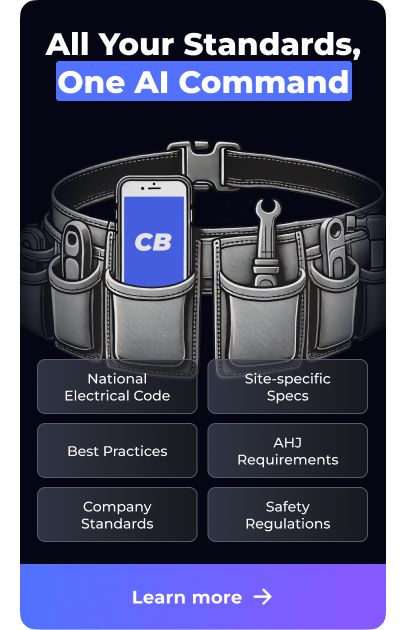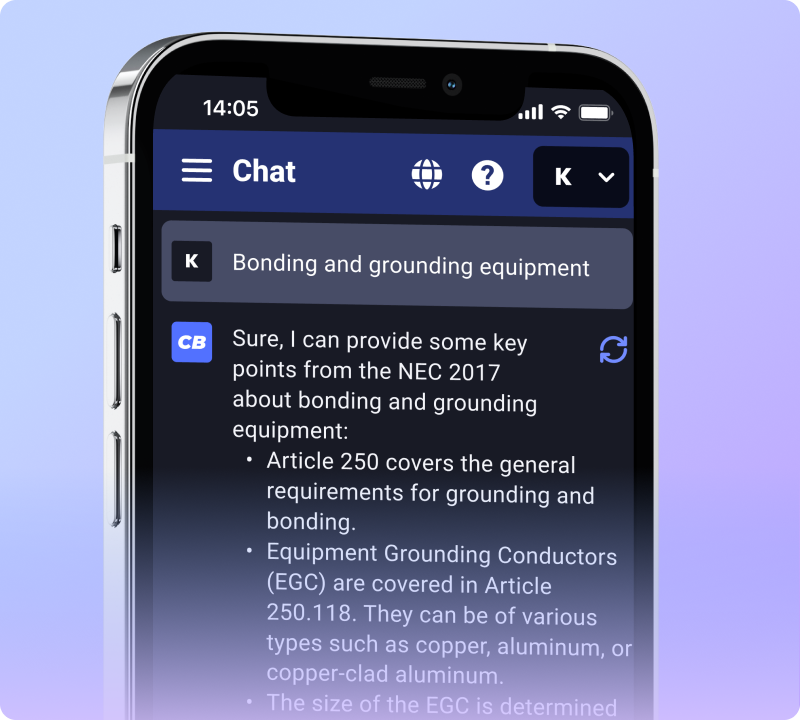Understanding how to size conductors according to the National Electrical Code (NEC) is crucial for any electrical professional. This guide aims to provide clear and concise information to help you comply with NEC standards and ensure safety in electrical installations.
Why Follow the NEC for Conductor Sizing?
The NEC sets the benchmark for electrical safety in residential, commercial, and industrial installations. Proper sizing of conductors as per NEC guidelines is vital to prevent overheating, energy inefficiency, and potential hazards.
Key Factors in NEC Conductor Sizing
Ampacity: The NEC provides tables (such as Table 310.15(B)(16)) to determine the ampacity of conductors under various conditions.
Temperature Ratings: Consider the temperature rating of both the conductor and the termination. The NEC outlines different ampacities for the same conductor based on temperature ratings.
Continuous and Non-Continuous Loads: NEC requires that conductors are sized at 100% of non-continuous loads plus 125% of continuous loads.
Step-by-Step Guide to NEC Conductor Sizing
Determine Load Current: Calculate the total load current that the conductor needs to carry.
Select Ampacity from NEC Tables: Based on the load current, select the minimum conductor ampacity from NEC tables, considering temperature corrections and adjustments.
Consider Voltage Drop: NEC recommends a maximum voltage drop of 3% for feeders and branch circuits for efficiency.
Adjust for Environmental Factors: Make adjustments for conditions like ambient temperature, as outlined in NEC Article 310.
Practical Example
Suppose you need to size a conductor for a 20-ampere circuit. According to NEC Table 310.15(B)(16), a 12 AWG copper wire with THHN insulation would be suitable, as it has an ampacity of 20 amperes at 90°C.
Common Misconceptions
- Bigger is Not Always Better: Oversizing can be as problematic as undersizing, leading to unnecessary costs and installation challenges.
- NEC is Not a Design Guide: While NEC provides safety standards, it does not offer design recommendations.
Regular Updates
The NEC is regularly updated. Always refer to the latest edition for the most current standards and practices.
Note: This guide provides general advice on service conductor sizing. For specific projects, always refer to the latest NEC guidelines and consult with a certified electrical professional.




